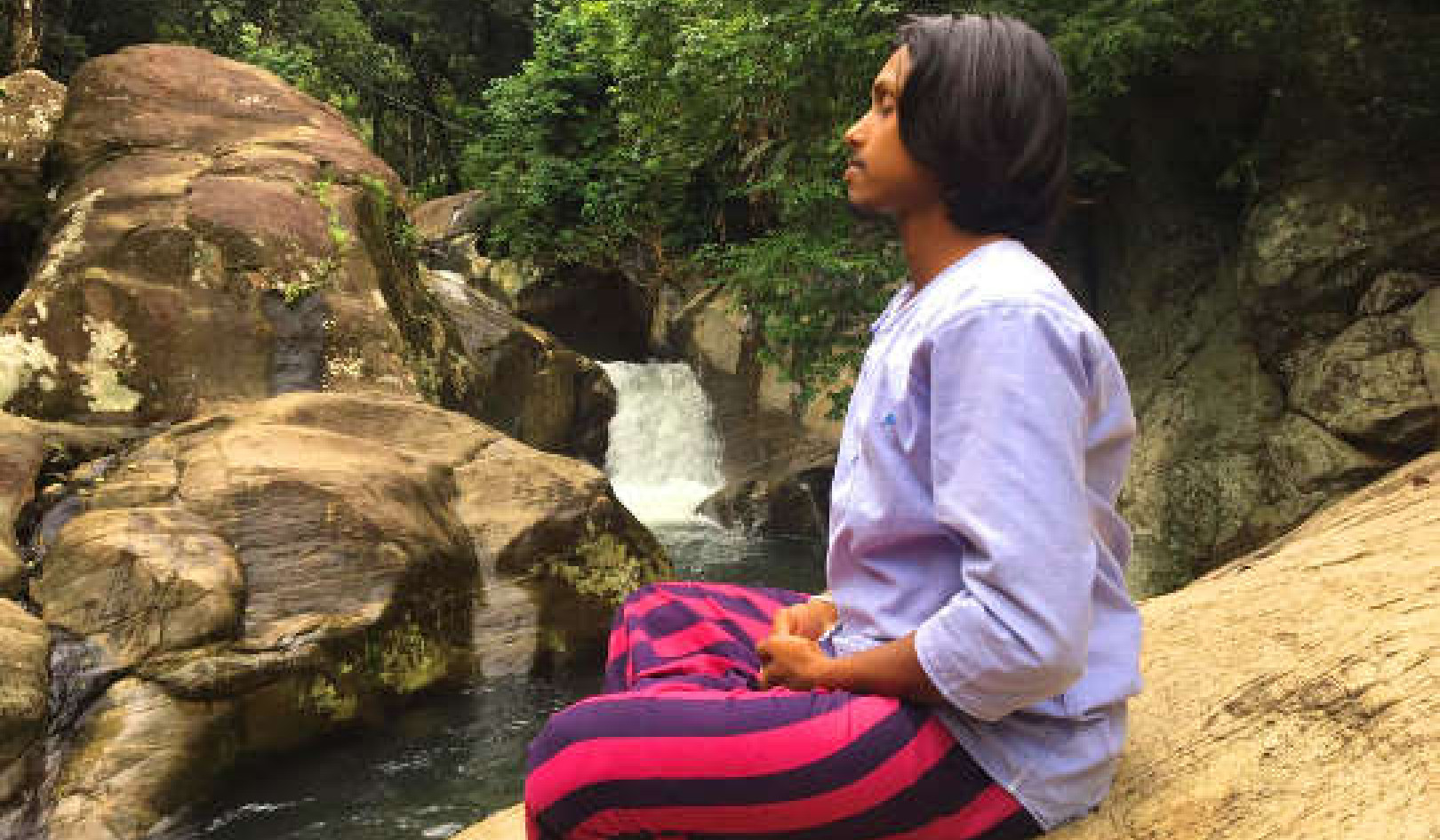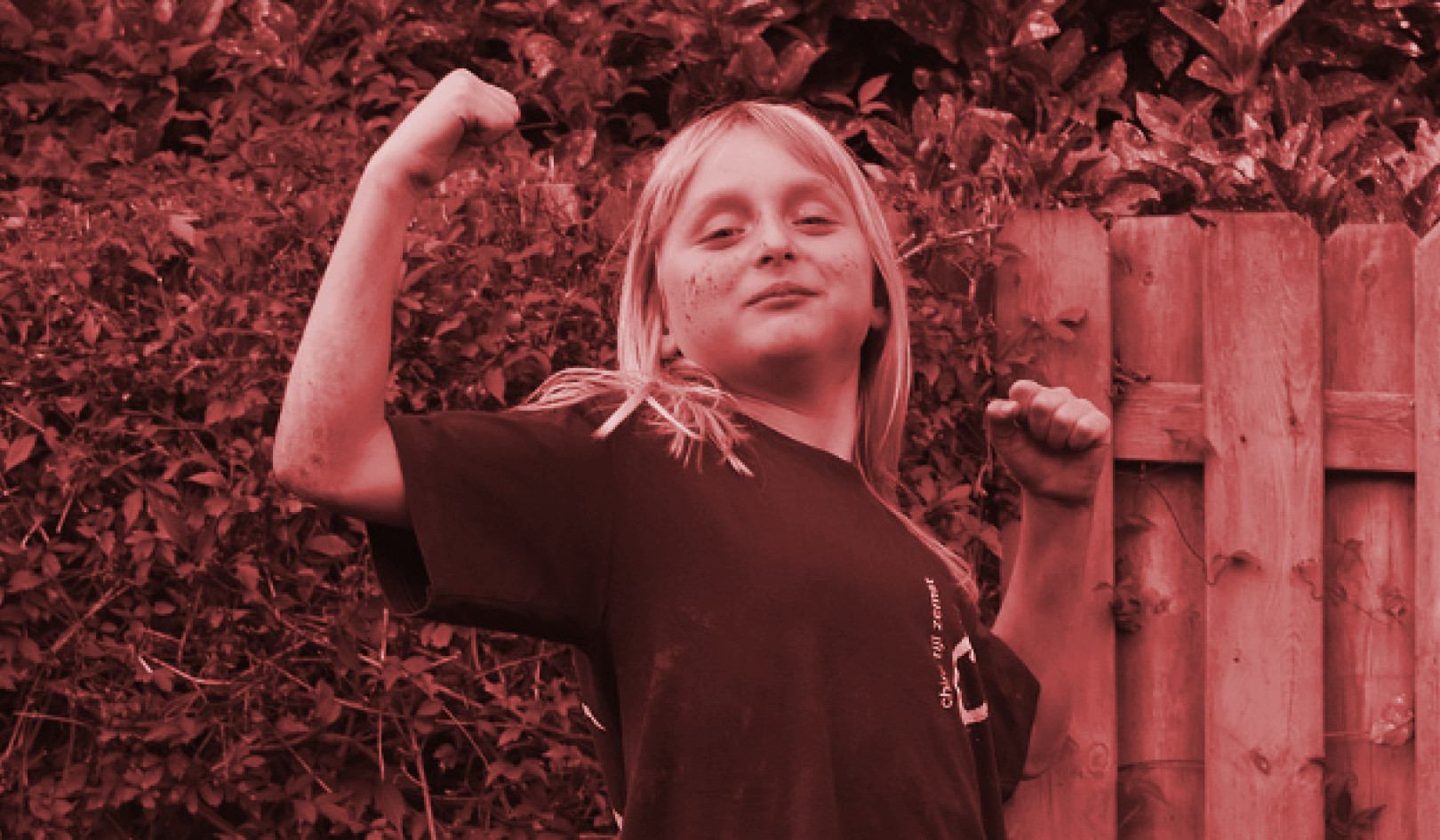
In its simplest form, meditation is simply being still, on every level, and the world’s traditions offer us many forms of being still. When you recall that breathing is driven by the heart center and that the heart center is the place of access to all healing energies, it is not surprising that working with the breath is the most time-honored meditation technique. Moreover, breathing meditation arises from its simplicity — the breath is always with us.
Traditionally, there are several locations of your body where you can concentrate your awareness on the breath. Because it is considered to be the place of the soul, the heart center is the preferred center of focus for healing purposes, as well as for establishing our communication link with the breath of unity. By breathing into the heart center, you will be able to keep your focus there and you will be able to return to it throughout the day, even when you are doing other tasks, resting, or relaxing.
Exercise: ?Becoming One with Your Breath
Read the exercise through carefully until you are thoroughly familiar with it. You may find it helpful to record this exercise or have someone read it to you.
• Sitting on a chair, or on the ground, place your palms over your heart center (in the middle of your chest) for a few moments, to help you get a tangible sense of how your breath moves in this area. Allow your hands to rest on your thighs, either palms up or palms down.
• Let your body sway gently from side to side three to six times to reach a point of balance.
• If possible, breathe through your nose. Notice how you breathe in, the pause, and how you breathe out.
• Take six full breaths, and, as you relax your body, allow your shoulder girdle to drop and your pelvis to sink into the chair. Let your elbows relax. Check that no other part of your body is clenched or tight.
• Now imagine that you are joining your breath, becoming one with your breath, rather than trying to observe or watch your breath the way you might watch something separate from yourself.
• Pay attention to the whole cycle of each breath. You may find at times that you have begun to tune out during the last part of the exhalation. When you tune out, this gives your mind the opportunity to wander. With your focus on the complete movement of each breath, remain aware of the total experience of each breath. Observe how each inhalation becomes an exhalation and each exhalation becomes an inhalation. Observe the period between the exhalation and the inhalation.
• Do not try to stop your mind from thinking. When you realize that you are thinking, let go of your thoughts the way you let go of your breath when you exhale. This flexibility, this ability to drop distraction and return to the breath, again and again, is one of the most important elements in practicing breathing meditation. The ability to let go is essential. It will enable you to let go of your attitudes, your opinions, your irritations and anger, your pain, your regrets, and your grief. Whether we like it or not, change is inevitable. Breathing meditation gives us the opportunity to practice letting go of the past now.
• In the initial stages of your practice, your attention may wander because the mind is programmed to generate thoughts. When you notice that you are distracted — perhaps remembering the past, planning the future, or involved in an emotional state, or even about to fall asleep — without forcing yourself, try to be aware of the present moment and your full presence right where you are.
• The aim of this exercise is not to keep a blank or empty mind. Nor is it to force your attention on to your breath. That would lead to an inflexible state of mind. Rather, your practice will lead to a flexible state of mind by helping you let go whenever you notice that you are distracted from your intention to engage with the present. Be ready to let go of distractions, to let go of insights, to let the busy mind stop, and to return to your breath.
• With practice, you will realize that you have entered the meditative state without trying.
• When you feel that your meditation session is over, return to your body consciousness calmly and deliberately. Become aware of your surroundings, your feet, and your contact with the ground. Wiggle your toes and fingers. Give your thighs a vigorous rub. Give thanks.
Initially, carry out the exercise for five minutes. When you are able to maintain a strong, prolonged focus, extend this time to eight or ten minutes. Over time, build this up to twenty or thirty minutes.
When you practice breathing meditation, your mind follows your breathing. The air comes in and goes out. When your mind is calm enough to follow the movement of your breath, you may think: I am breathing, I can hear the sound of my breath, I am one with the breath of unity. Eventually you will discover that there is no you to say, “I am breathing.” There is no I, no world, no mind, no body. All that exists is the breath of unity. You will find that this total, unconditional awareness is central to meditation practice.
©2010, 2012 by Jack Angelo. All Rights Reserved.
Reprinted with permission of the publisher, Healing Arts Press,
a division of Inner Traditions International. www.HealingArtsPress.com
This article was adapted with permission from the book:
Self-Healing with Breathwork: Using the Power of Breath to Increase Energy and Attain Optimal Wellness -- by Jack Angelo.
 Providing 57 conscious breathing and visualization practices, Jack Angelo shows how breathwork can relieve stress and anxiety, improve sleep and digestion, increase creativity and mental focus, promote emotional calm, boost energy levels, enhance meditation, clear negative energy, and provide support for physical healing. He shows how, through conscious breathing, we can harness the healing life force available in each breath for energetic balance, heightened consciousness, and overall wellness as well as a deeper connection to the sacred source of all life.
Providing 57 conscious breathing and visualization practices, Jack Angelo shows how breathwork can relieve stress and anxiety, improve sleep and digestion, increase creativity and mental focus, promote emotional calm, boost energy levels, enhance meditation, clear negative energy, and provide support for physical healing. He shows how, through conscious breathing, we can harness the healing life force available in each breath for energetic balance, heightened consciousness, and overall wellness as well as a deeper connection to the sacred source of all life.
Click here for more info or to order this book on Amazon.
About the Author
 Jack Angelo is a well-known healer and teacher of subtle energy medicine and natural spirituality who has worked with individuals and groups for more than 25 years. He lectures and gives workshops on breathwork and healing internationally and is the author of several books, including Hands-on Healing and Spiritual Healing: Energy Medicine for Today. He is also a national trainer for the National Federation of Spiritual Healers. He has a healing and counseling practice in Gwent, South Wales.
Jack Angelo is a well-known healer and teacher of subtle energy medicine and natural spirituality who has worked with individuals and groups for more than 25 years. He lectures and gives workshops on breathwork and healing internationally and is the author of several books, including Hands-on Healing and Spiritual Healing: Energy Medicine for Today. He is also a national trainer for the National Federation of Spiritual Healers. He has a healing and counseling practice in Gwent, South Wales.


























